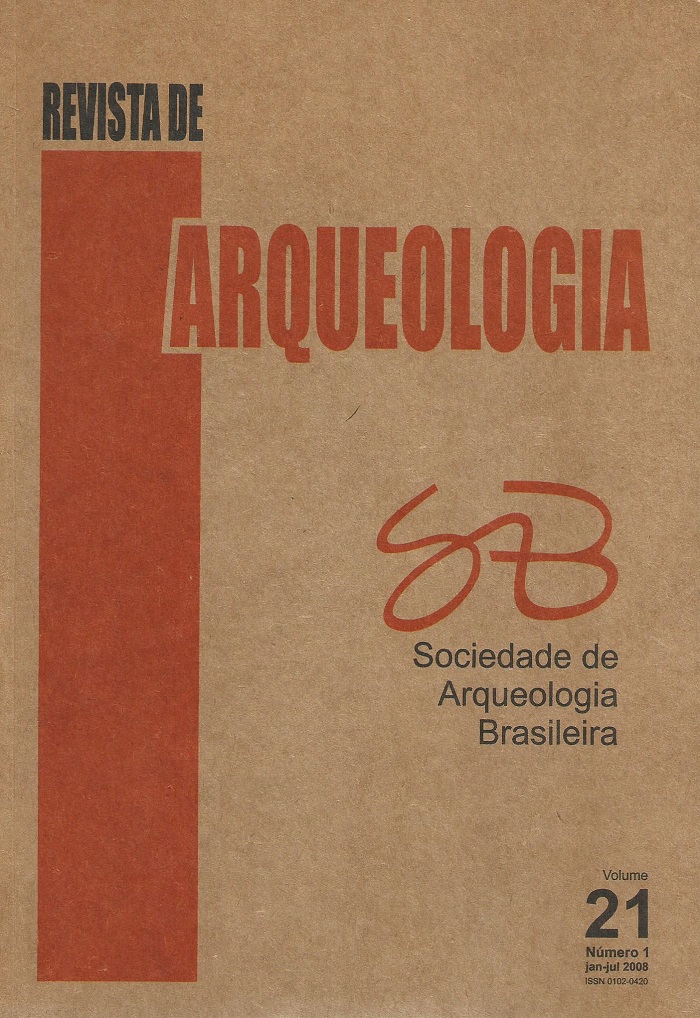Why is the phrase “other things being equal” used when one generalizes, is developing causal arguments, or is engaged in theory building?
DOI:
https://doi.org/10.24885/sab.v21i1.243Resumo
In this essay I pay particular attention to some of the strategies for learning that are implied
by the phrase “other things being equal”. I will begin with a common situation where a scientist offers generalizations from data and or experiences that were judged to be interesting, provocative, and or even germane beyond the case and/or particular experiences which prompted their consideration. One should recognize that such products would, of necessity, be “subjectively” derived generally thru inductive reasoning. Such reasoning is organized by their author, based on the knowledge and experience of that author. The logic or integration of such knowledge and experience was also a product of that author. In short, all was subjectively derived, in a technical sense, by their author.
Downloads
Referências
Ames, K. M. 2002. Going by Boat: The Forager-Collector Continuum at Sea. In Beyond foraging and Collecting: Evolutionary Change in Hunter-Gatherer Settlement Systems, edited by B. Fitzhugh and J. Habu, pp. Feinman, G. M. Price, T. D. 19-52 vols. Kluwer, Academic/ Plenum Publishers, New York.
Anderson, A. 1982. Comments. Current Anthropology 25(Ni. 1):87.
Binford , L. R. 1968. Methodological Considerations for the Archeological Use of Ethnographic Data. In Man The Hunter, edited by R. B. Lee and I. DeVore, pp. 268-273. 1st ed. Aldine Publishing Co., Chicago.
Binford, L. R. 2001a. Where do Research Problems Come From? American Antiquity 66(4):669-678.
______. 2001b. Constructing Frames of Reference: An Analytical Method for Archaeological Theory Building Using Hunter-gatherer and Environmental Data Sets. 1st. ed. University of California Press, Berkeley.
Darwin, C. 1876. The Effects of Cross- and Self-fertilization in the Vegetable Kingdom. John Murray, London.
Diamond, J. 1997. Continental Divides. Sciences 37(2):32-37.
Johnson, A. L. 2004. On Niche Breadth, System Stability, and the Importance of a Phrase. In Processual Archaeology: Exploring Analytical Strategies, Frames of Reference, and Culture Process, edited by A. L. Johnson, pp. 261-296. Praeger, Westport.
______. 2004a The Goals of Processual Archaeology. In Processual Archaeology: Exploring Analytical Strategies, Frames of Reference, and Culture Process, edited by A. L. Johnson, pp. 11-30. 1st ed. Praeger Publisher*s, Westport, Ct.
Kaberry, P. M. 1939. Aboriginal Woman: Sacred and Profane. Xerox ed. George Routledge and Sonns, LLD., London. Olmsted, D. L. and O. C. Stewart. 1978. Achumawi. In California, edited by R. F. Heizer, pp. 225-235. 1st ed. Handbook of North American Indians. vol. 8, W. C. Sturtevant, general editor. 20 vols. Smithsonian Institution, Washington D.C.
Panowski, E. T. 1985. Analyzing Hunter-Gatherers: Population Pressure, Subsistence, Social Structure, Northwest Coast Societies, and Slavery. Ph.D., University of New Mexico.
Quine, W. V. O. 1991. Natural Kinds. In The Philosophy of Science, edited by R. Boyd, P. Gasper and J. D. Trout., pp. 159-170. MIT Press, Cambridge, U.S.
Schalk, R. F. 1977. The Structure of an Anadromous Fish Resource. In for theory building in Archaeology: Essays on Faunal Remains, Aquatic REsosusrces, Spatial Ama;usis, and Systemic Modeling, edited by L. R. Binford pp. 207-249. Studies in Archeology, S. Struever, general editor. Academic Press, New York.
______. 1981 Land Use and Organizational complexity among Foragers of Northwestern North America. In Afluent Foragers, edited by S. Kyoama and D. H. Thomas, pp. 53-75. Senri Ethnological Studies # 9. National Museum of Ethnology, Osaka, Osaka.
Statistician, S. F. 2003. FAO yearbook of Fishery statistics-Capture production, published by the Vol. 92/2 -2001 92. 1 vols. Food and Agriculture Organization of the United Nations, Rome.
Sutton, D. G. 1982. Toward the Recognition of Convergent Cultural Adaptation in the Subantarctic Zone. Current Anthropology 23 (No. 1):77-97.
Wandsnider, L. 2004. Solving Meno’s Puzzle, Defeating Merlin’s Subterfuge: Bodies of Reference Knowledge and Archaeological Inference. In Processual Archaeology, edited by A. L. Johnson, pp. 316-337. Praeger Publishers, Wesport, Connecticut-London.
Downloads
Publicado
Como Citar
Edição
Seção
Licença
Copyright (c) 2021 Lewis Binford

Este trabalho está licenciado sob uma licença Creative Commons Attribution-NonCommercial-ShareAlike 4.0 International License.





